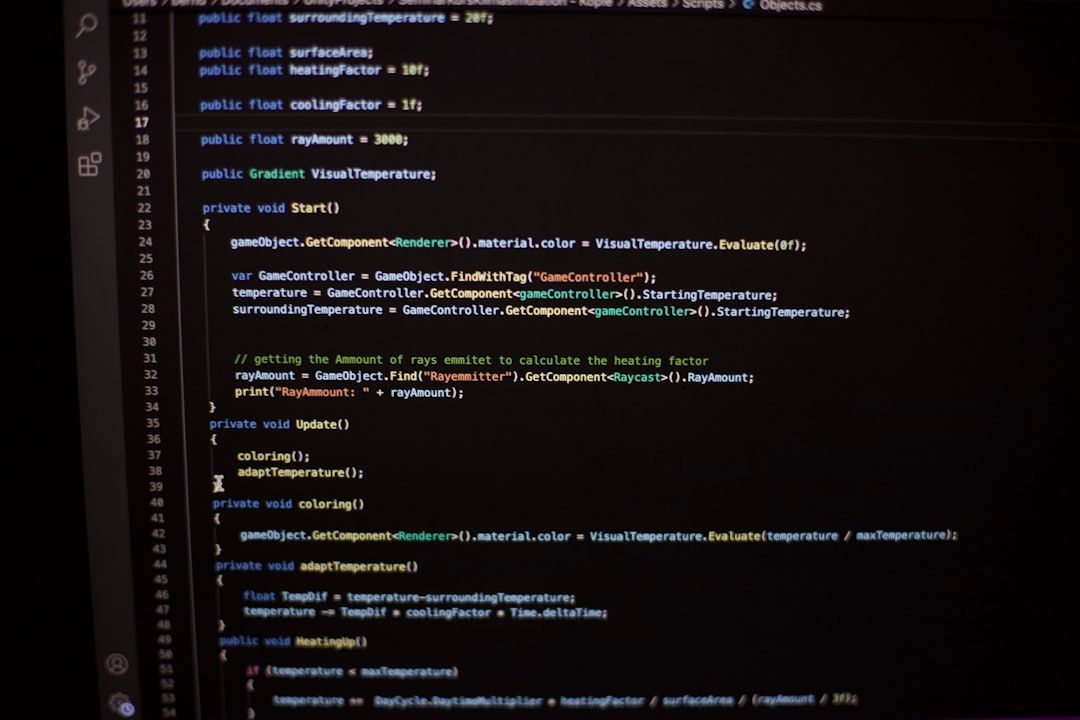PowerShell scripts are powerful. But with power comes… well, crazy errors when something goes wrong! Ever run a script and watched it crash halfway? Not fun. That’s where Try, Catch, Finally comes in. These three little words can make your scripts solid and production-ready.
Let’s walk through how to use them, the fun way. 🔧
Why Do We Need Try, Catch, Finally?
Imagine you wrote a script to delete outdated files on 1,000 servers. What if one server is down? Or the folder doesn’t exist?
Without error handling, the whole thing can stop cold. But with Try, Catch, Finally, your script can:
- Try running code
- Catch and handle errors
- Finally clean up or log stuff, no matter what
Neat, right?
The Basic Structure
try {
# Your main code
}
catch {
# What to do if something fails
}
finally {
# Code that always runs
}
Super simple, but super useful.
Let’s Build a Real Example
You’re creating a script that deletes log files older than 30 days. Here’s how you do it right.
try {
Get-ChildItem "C:\Logs" -Recurse |
Where-Object { $_.LastWriteTime -lt (Get-Date).AddDays(-30) } |
Remove-Item -Force
Write-Output "Old logs deleted successfully."
}
catch {
Write-Error "Something went wrong: $_"
}
finally {
Write-Output "Checked the logs folder at: $(Get-Date)"
}
See? If everything goes well, it deletes logs and prints a cheerful message. If it fails, it tells you what happened. Either way, it tells you when it tried.

More Detailed Catch
You can even catch specific types of errors. Let’s say you want to catch only file-related problems.
catch [System.IO.IOException] {
Write-Error "File issue: $_"
}
You can have multiple catch blocks too, for different error types.
Tips for Production
Okay, real-life time. Here are some quick tips to make Try, Catch, Finally ready for production scripts:
- Use Verbose Logging: Add
-Verboseparameters andWrite-Verbosemessages. - Always Log Errors: Use
Out-Fileor a custom log function in your catch block. - Avoid Catch-Alls: Be specific about what you want to catch if possible.
- Don’t Skip Finally: Clean up temporary files, restart services, or write audit logs here.
Gotchas to Watch For
There are a few quirks many people trip over:
- Not All Errors Are “Terminating”: Some errors don’t get caught unless you force them. Add
-ErrorAction Stopto your commands. - The $_ Variable: This holds the error message. Want the full error? Use
$_.Exception.Message. - Try Not to Panic: The beauty of Try, Catch is it frees you from messy “if” checks all over the place.

Here’s a Pro Tip
Create a custom error log function:
function Write-LogError {
param ($message)
$timestamp = Get-Date -Format "yyyy-MM-dd HH:mm:ss"
"$timestamp [ERROR] $message" | Out-File -FilePath "C:\Logs\error.log" -Append
}
Then use it like this inside catch:
catch {
Write-LogError "$_.Exception.Message"
}
Simple. Clean. Effective.
Final Thoughts
Try, Catch, Finally isn’t just technical stuff. It’s peace of mind. It turns your scripts from scary monsters into reliable robots. Next time you write a PowerShell script, build it like a pro — with safety nets!
Still unsure where to start? Practice! Wrap a harmless Get-Process command inside a Try block and intentionally cause errors to see how it works.

Once you get the hang of it, you’ll wonder why you didn’t always script this way. Give it a Try 😄 (see what we did there?)

